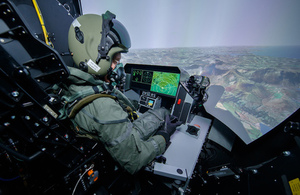

Recovery is usually prompt following removal of g-force but a period of several seconds of disorientation may occur. Skilled pilots can use this loss of vision as their indicator that they are at maximum turn performance without losing consciousness. As the retinal blood pressure decreases below Intraocular pressure (usually 10–21 mm Hg), blood flow begins to cease to the retina, first affecting perfusion farthest from the optic disc and central retinal artery with progression towards central vision. Under negative g, blood pressure will increase in the head, running the risk of the dangerous condition known as redout, with too much blood pressure in the head and eyes.īecause of the high level of sensitivity that the eye’s retina has to hypoxia, symptoms are usually first experienced visually. Blackout – a complete loss of vision but retaining consciousness.Tunnel vision – loss of peripheral vision, retaining only the center vision.For higher intensity or longer duration, this can manifest progressively as: Under increasing positive g-force, blood in the body will tend to move from the head toward the feet. As time progresses, tunnel vision occurs and nearly progresses to complete blackout. High-g training for pilots of high performance aircraft or spacecraft often includes ground training for G-LOC in special centrifuges, with some profiles exposing pilots to 9 gs for a sustained period.Ī simulation of the effects of g-forces on humans.

G-LOC incidents have caused fatal accidents in high performance aircraft capable of sustaining high g for extended periods.

The condition is most likely to affect pilots of high performance fighter and aerobatic aircraft or astronauts but is possible on some extreme amusement park rides. G-force induced loss of consciousness (abbreviated as G-LOC, pronounced "JEE-lock") is a term generally used in aerospace physiology to describe a loss of consciousness occurring from excessive and sustained g-forces draining blood away from the brain causing cerebral hypoxia.


 0 kommentar(er)
0 kommentar(er)
